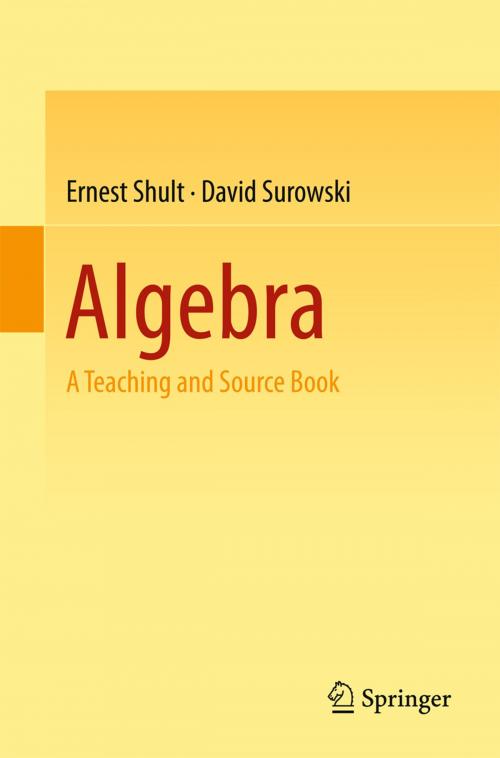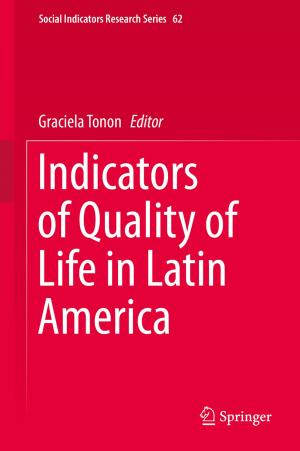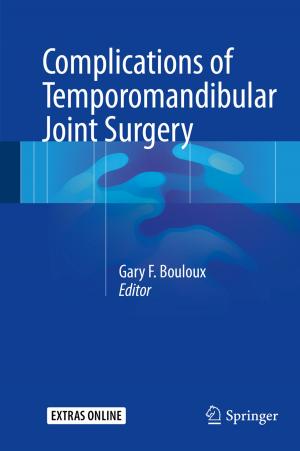| Author: | David Surowski, Ernest Shult | ISBN: | 9783319197340 |
| Publisher: | Springer International Publishing | Publication: | July 14, 2015 |
| Imprint: | Springer | Language: | English |
| Author: | David Surowski, Ernest Shult |
| ISBN: | 9783319197340 |
| Publisher: | Springer International Publishing |
| Publication: | July 14, 2015 |
| Imprint: | Springer |
| Language: | English |
This book presents a graduate-level course on modern algebra. It can be used as a teaching book – owing to the copious exercises – and as a source book for those who wish to use the major theorems of algebra.
The course begins with the basic combinatorial principles of algebra: posets, chain conditions, Galois connections, and dependence theories. Here, the general Jordan–Holder Theorem becomes a theorem on interval measures of certain lower semilattices. This is followed by basic courses on groups, rings and modules; the arithmetic of integral domains; fields; the categorical point of view; and tensor products.
Beginning with introductory concepts and examples, each chapter proceeds gradually towards its more complex theorems. Proofs progress step-by-step from first principles. Many interesting results reside in the exercises, for example, the proof that ideals in a Dedekind domain are generated by at most two elements. The emphasis throughout is on real understanding as opposed to memorizing a catechism and so some chapters offer curiosity-driven appendices for the self-motivated student.
This book presents a graduate-level course on modern algebra. It can be used as a teaching book – owing to the copious exercises – and as a source book for those who wish to use the major theorems of algebra.
The course begins with the basic combinatorial principles of algebra: posets, chain conditions, Galois connections, and dependence theories. Here, the general Jordan–Holder Theorem becomes a theorem on interval measures of certain lower semilattices. This is followed by basic courses on groups, rings and modules; the arithmetic of integral domains; fields; the categorical point of view; and tensor products.
Beginning with introductory concepts and examples, each chapter proceeds gradually towards its more complex theorems. Proofs progress step-by-step from first principles. Many interesting results reside in the exercises, for example, the proof that ideals in a Dedekind domain are generated by at most two elements. The emphasis throughout is on real understanding as opposed to memorizing a catechism and so some chapters offer curiosity-driven appendices for the self-motivated student.















